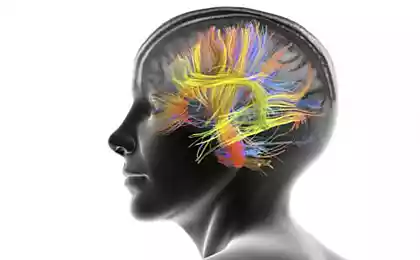442
Ecstasy and methamphetamines cause teen depression
Synthetic drugs can cause long-term neurological damage, especially with the continued development of the brain in adolescents. Canadian scientists decided to test this hypothesis on modern teenagers.Conducted in Canada, the study showed that secondary school students who use synthetic drugs (ecstasy and methamphetamine) are more susceptible to depression than their peers who do not use such substances.
Methamphetamine and MDMA (ecstasy) initially found widespread among the visitors of Nightclubs and raves. But then both drugs become more and more popular in the General population, for example, among high school students.Concerned about the likely long-term neurological damage to the brain, scientists conducted a study of mental health 3800 secondary school students of Quebec city in Canada for the period from 2007 to 20012 year. Were selected from disadvantaged schools on the use of drugs areas.At the age of 15-16 years (grade 10), students were surveyed on the subject of drug use. Then a year later (grade 11) using validated scales assessed their mental health.Methamphetamine was used more frequently than ecstasy (451 subject (11,6%) vs 310 subjects (8%). A year after the start of the study, it was noted that every seventh child (15%), drug the likelihood of developing depression, assessed by the CES-D scale was very high (score 16 points or more). 6.7% of students who took both drugs, the likelihood of developing depression was almost 2 times higher than among subjects who do not use any of drugs.
Source: estet-portal.com
Methamphetamine and MDMA (ecstasy) initially found widespread among the visitors of Nightclubs and raves. But then both drugs become more and more popular in the General population, for example, among high school students.Concerned about the likely long-term neurological damage to the brain, scientists conducted a study of mental health 3800 secondary school students of Quebec city in Canada for the period from 2007 to 20012 year. Were selected from disadvantaged schools on the use of drugs areas.At the age of 15-16 years (grade 10), students were surveyed on the subject of drug use. Then a year later (grade 11) using validated scales assessed their mental health.Methamphetamine was used more frequently than ecstasy (451 subject (11,6%) vs 310 subjects (8%). A year after the start of the study, it was noted that every seventh child (15%), drug the likelihood of developing depression, assessed by the CES-D scale was very high (score 16 points or more). 6.7% of students who took both drugs, the likelihood of developing depression was almost 2 times higher than among subjects who do not use any of drugs.
Source: estet-portal.com























